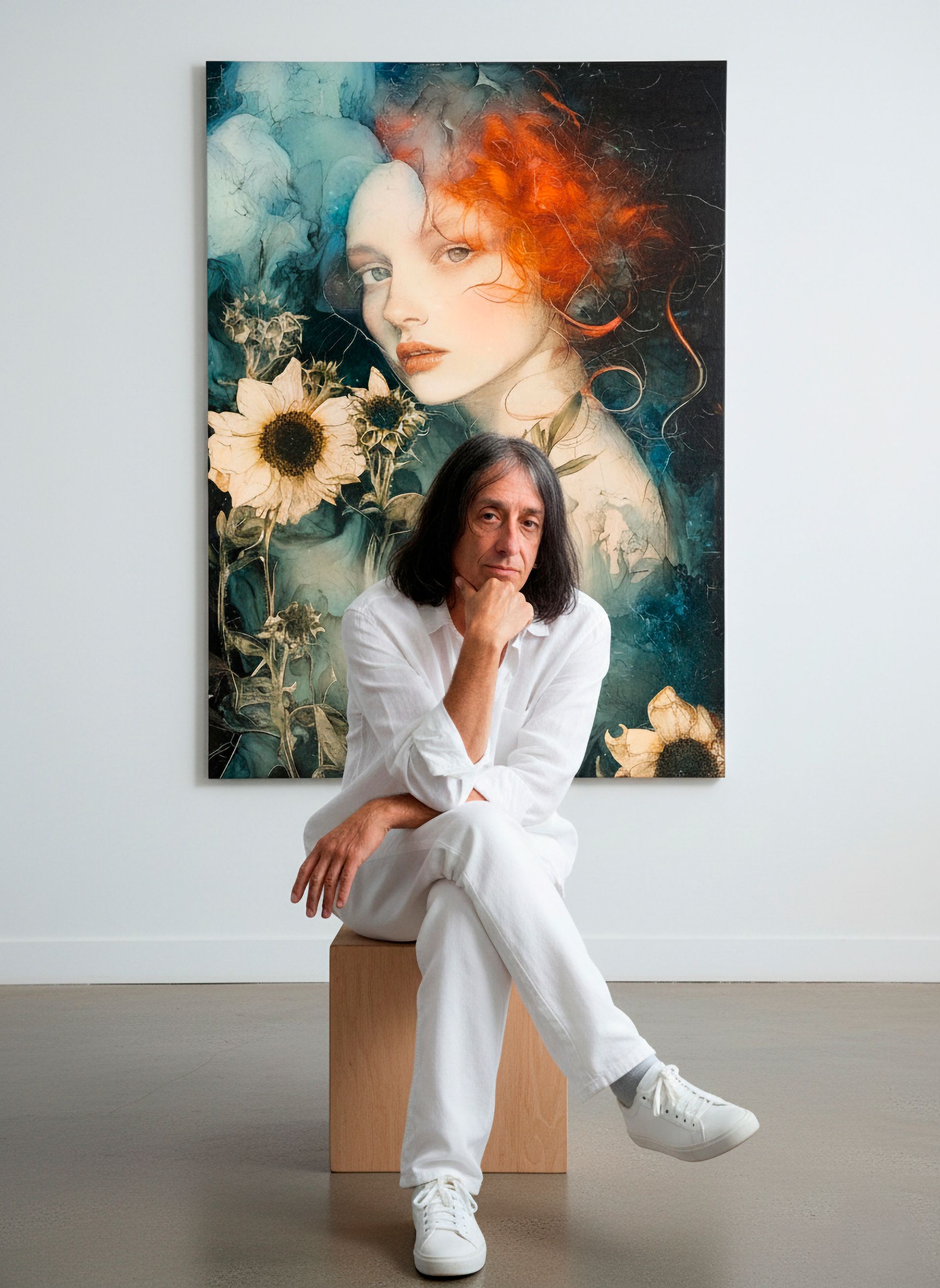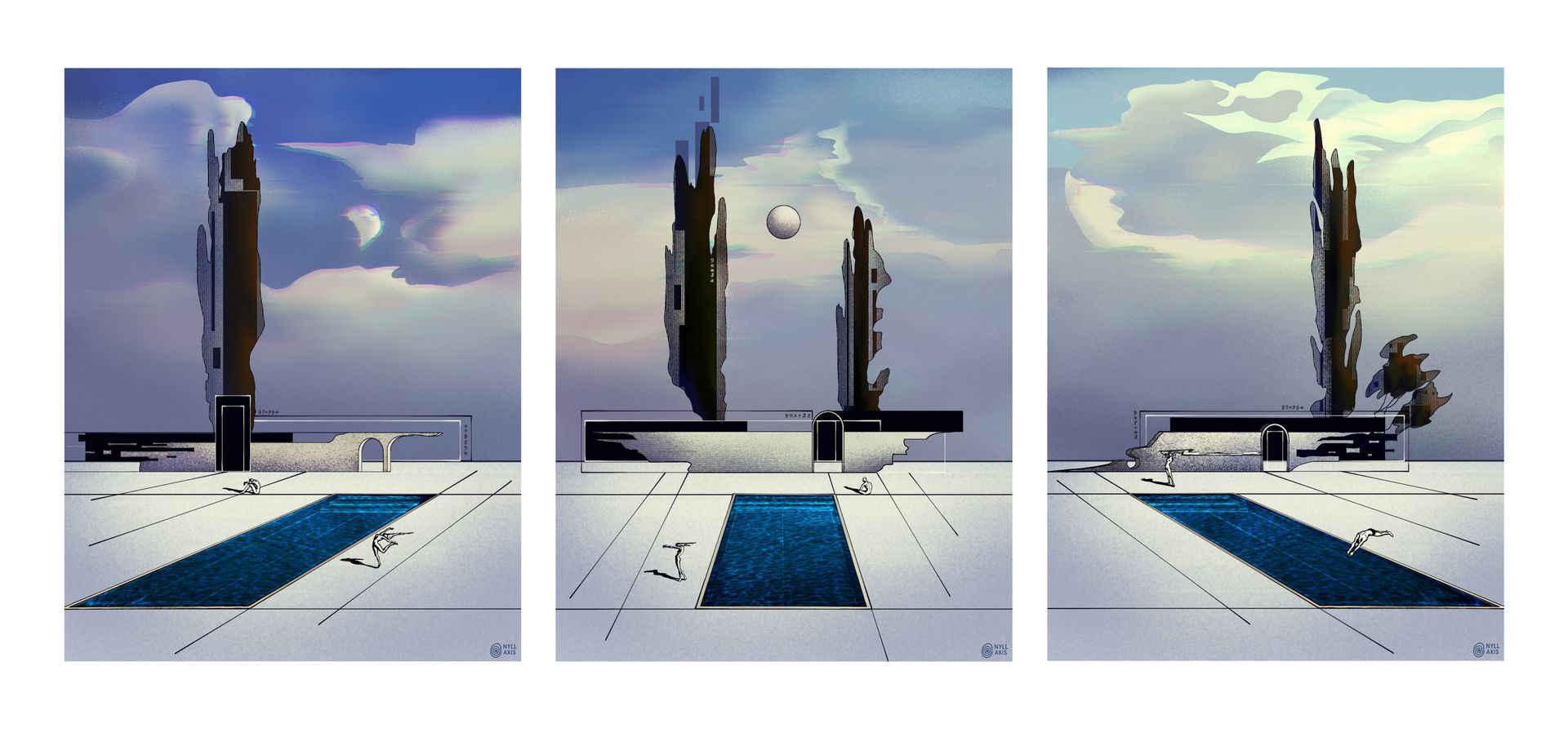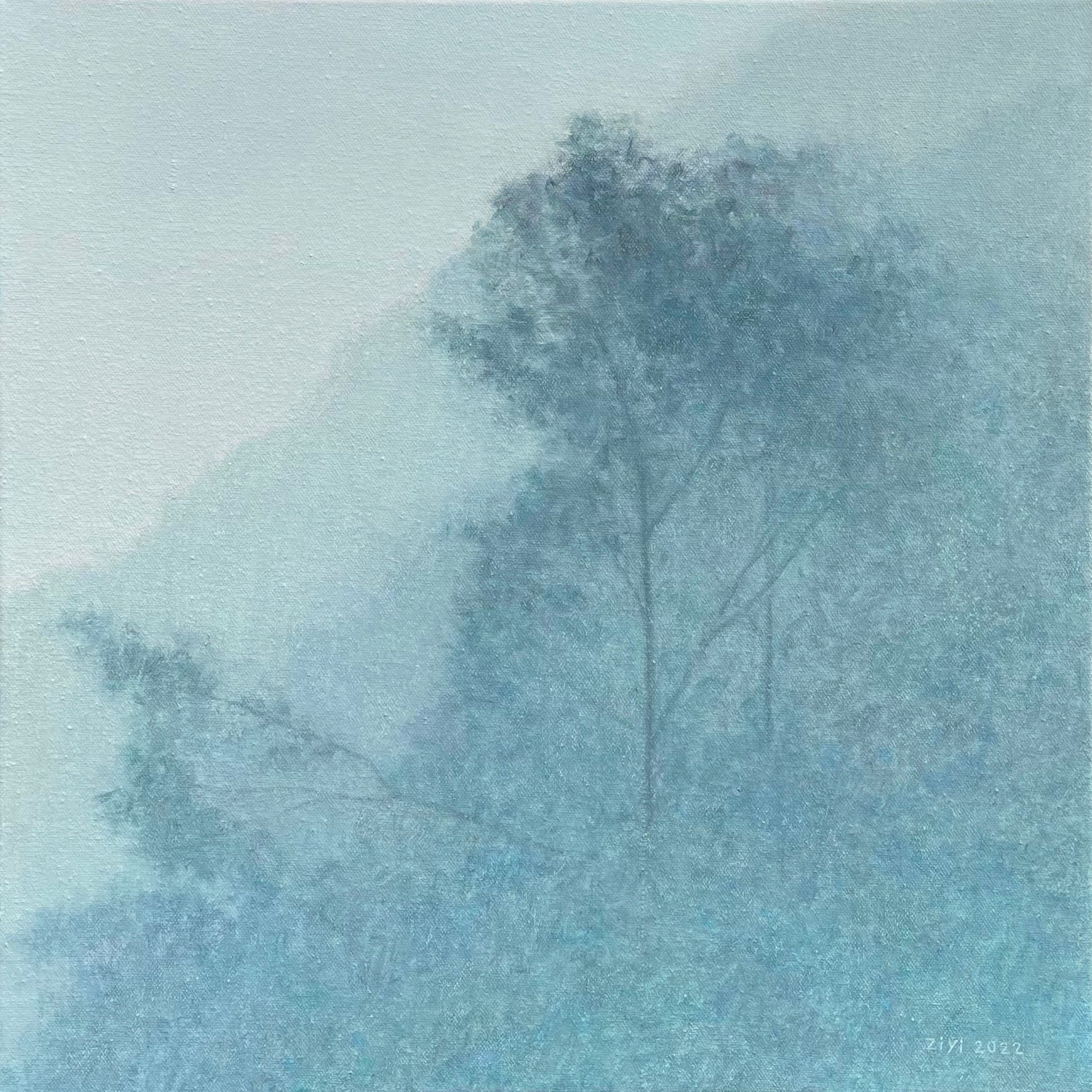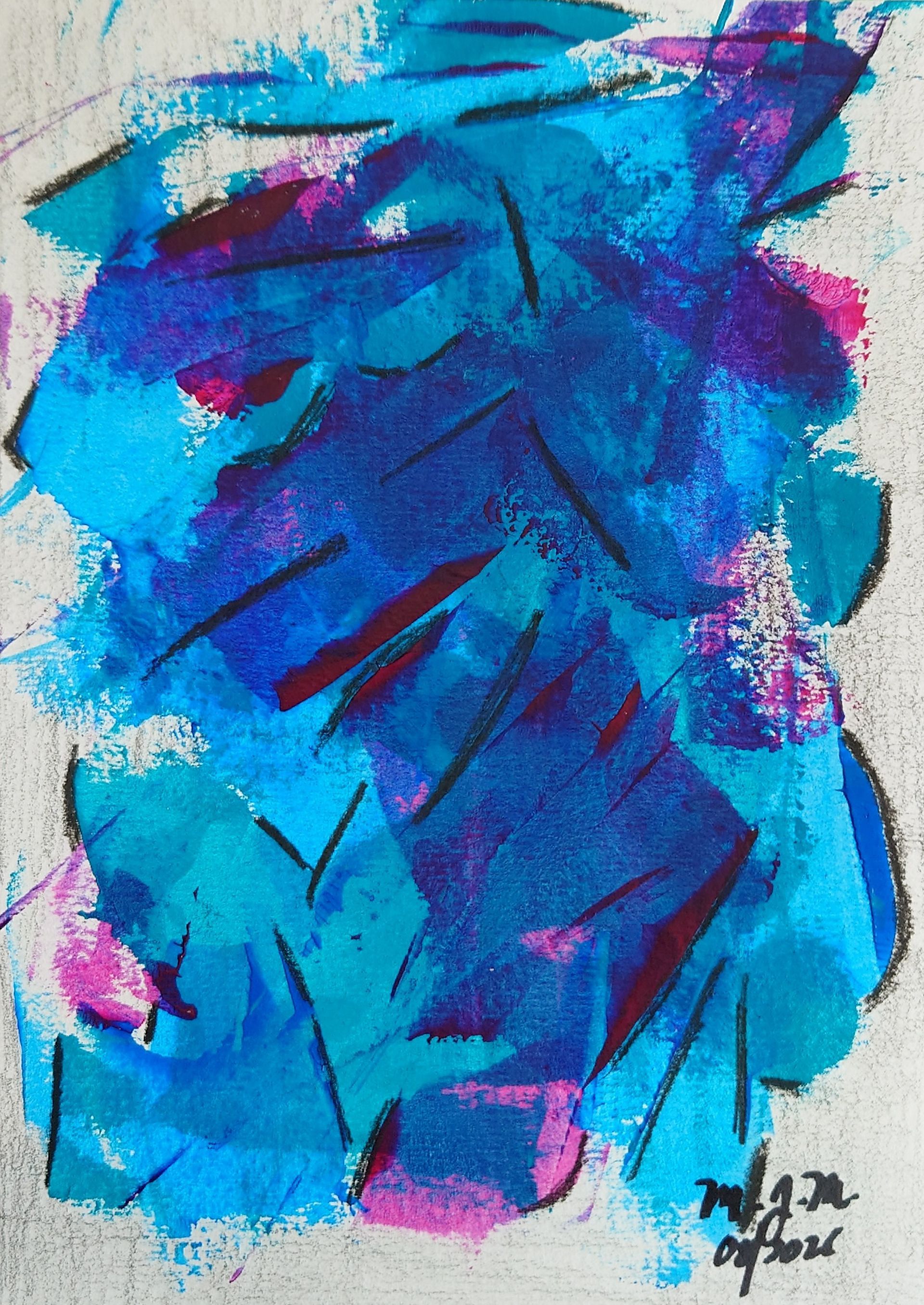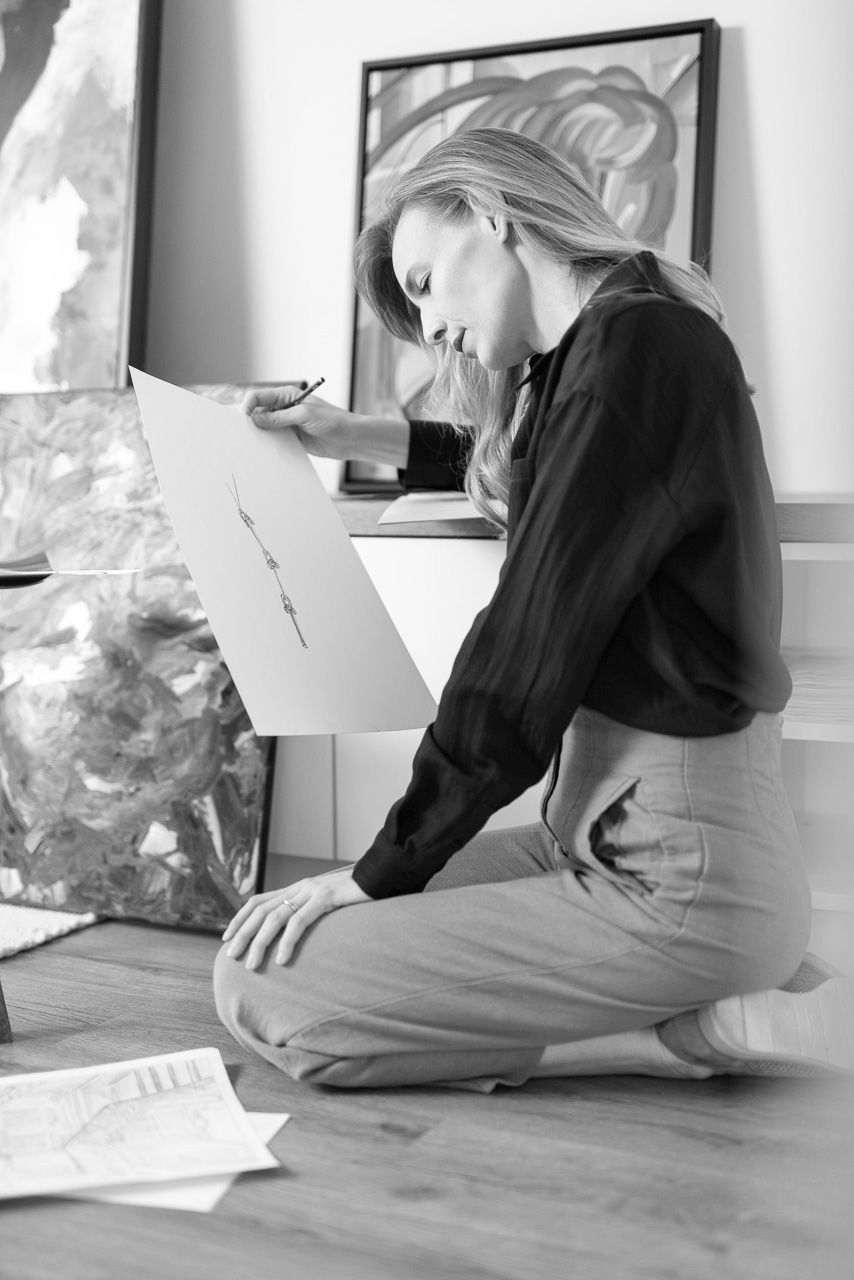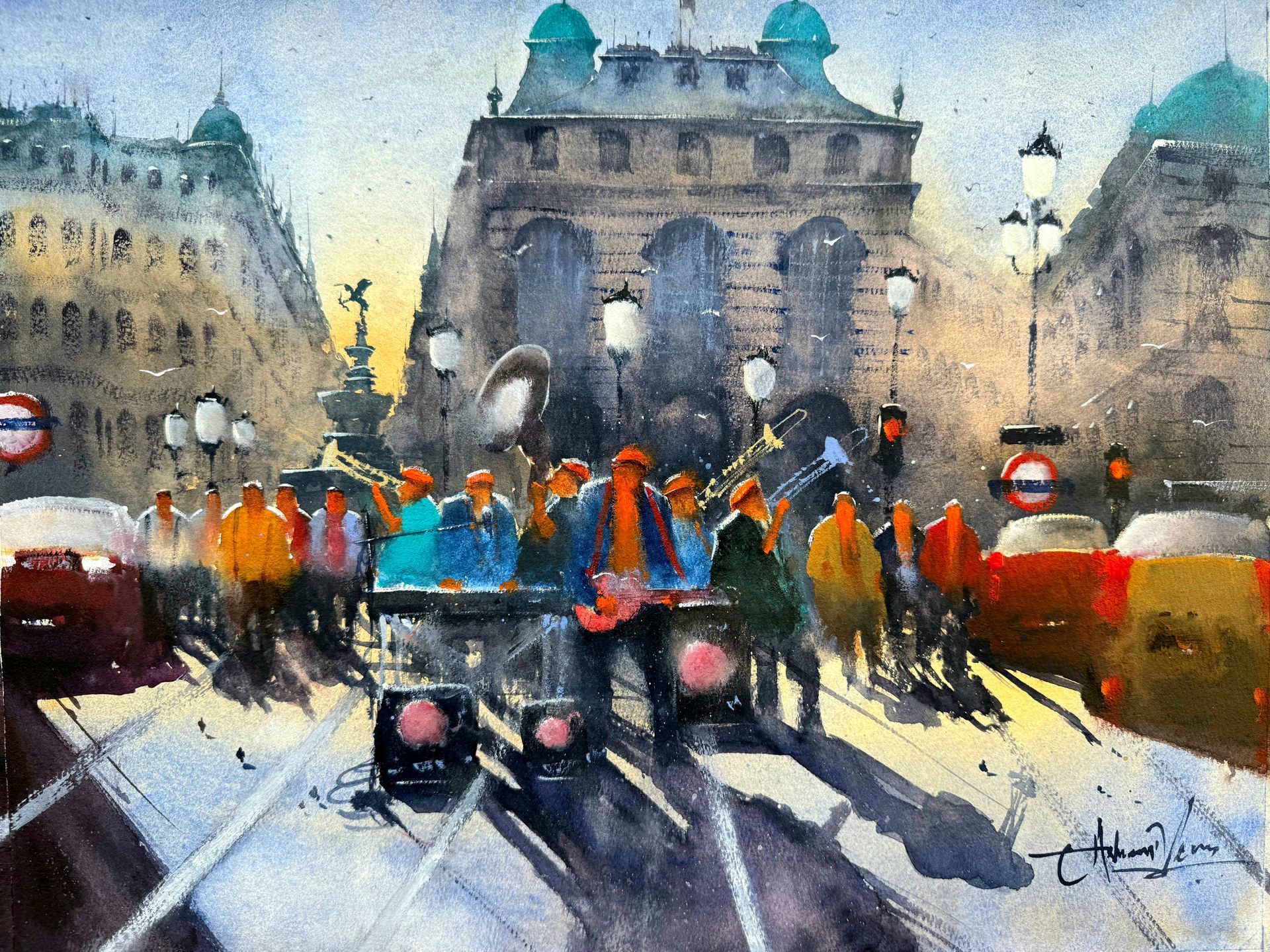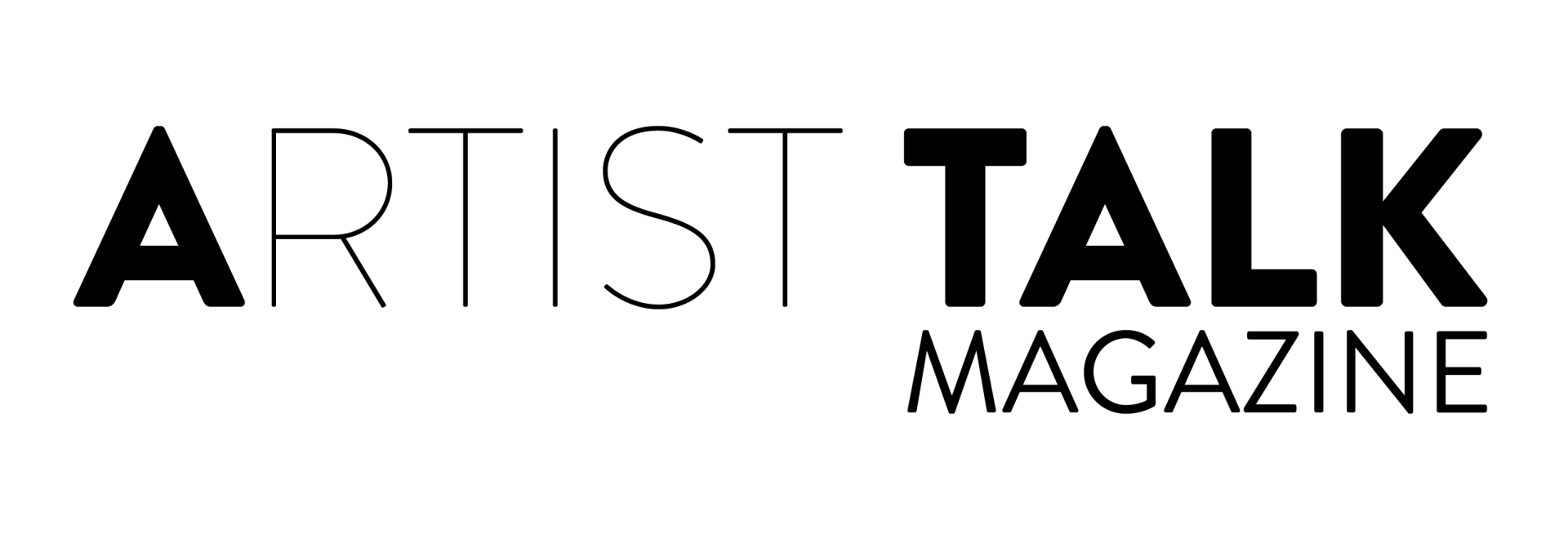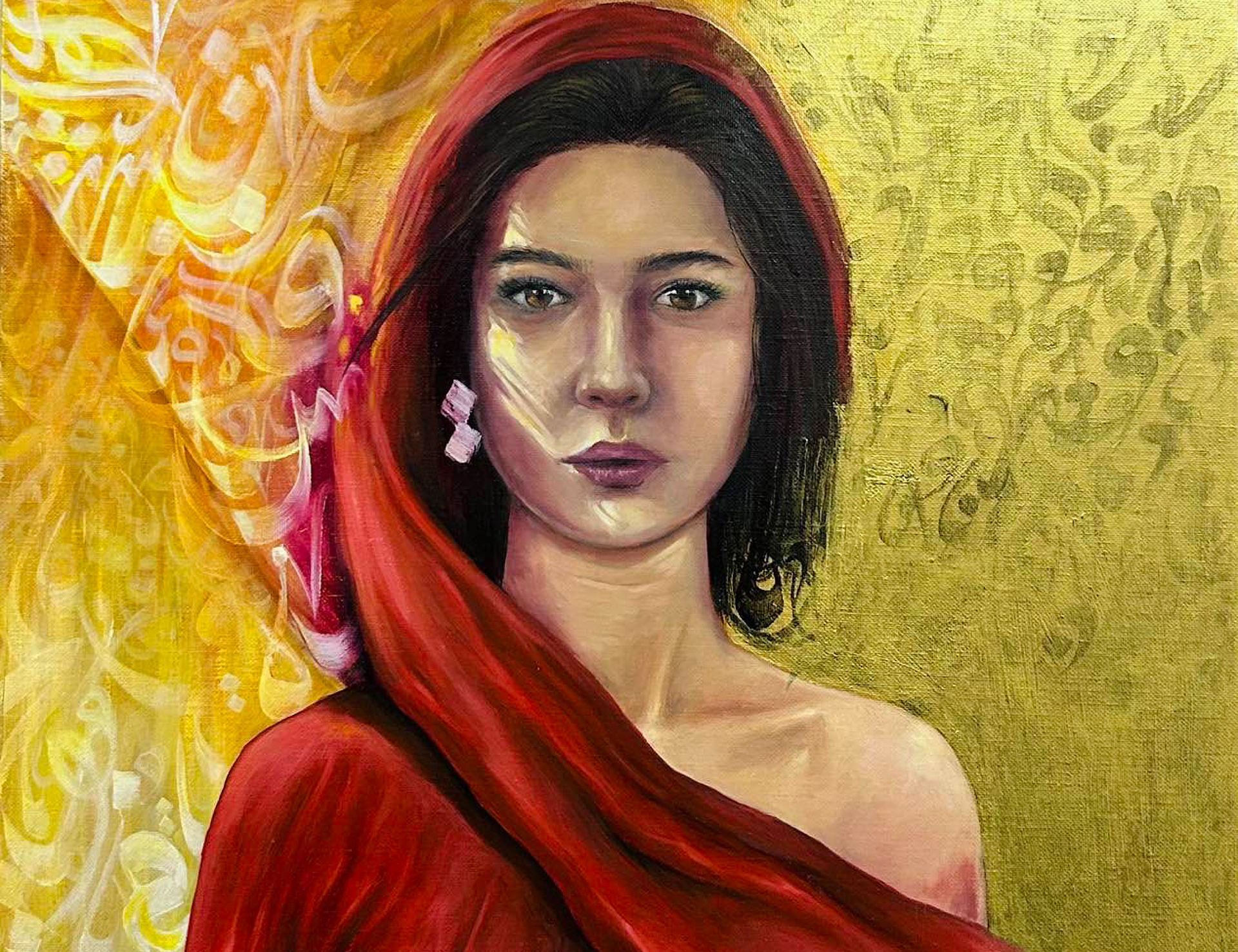Art Blocks: How to feel unstuck and find yourself again
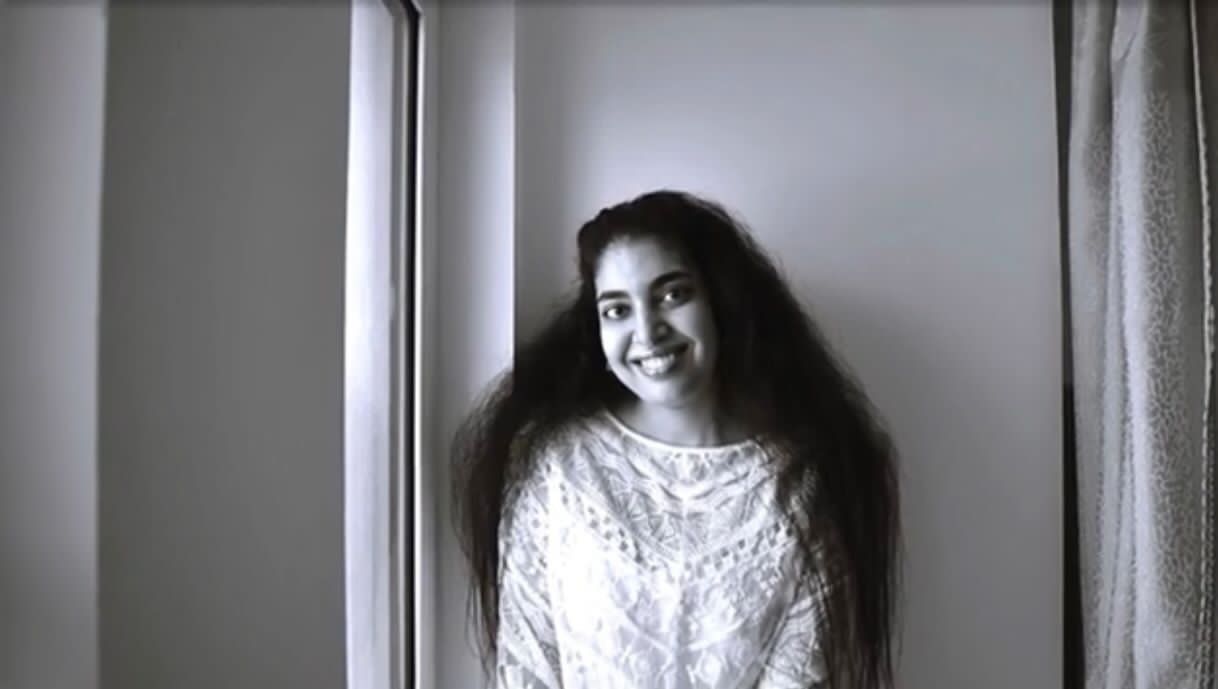
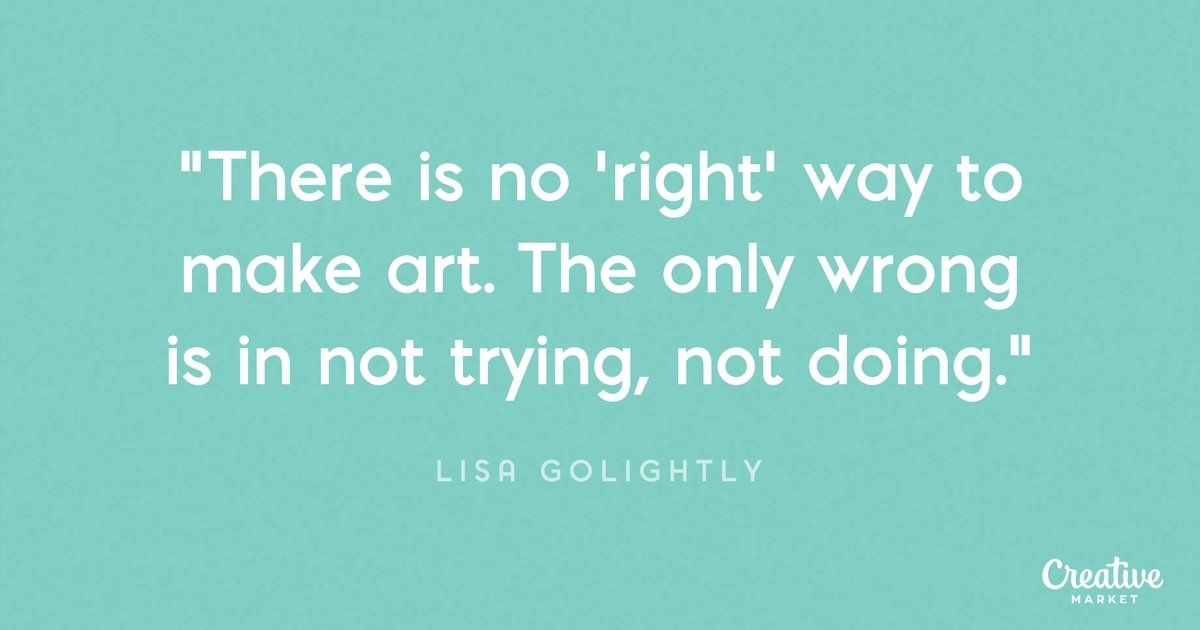
Have you ever felt like giving up? Or felt like you wouldn’t be able to create like you used to? Have you ever felt so stuck, so lost with that huge block? Have you ever stopped feeling proud of your work and instead felt disappointed? No matter what you try, you are unable to get that happy I enjoy creating feeling back. Am pretty sure you have gone through it because every creator does at some point. I have.
But, in the end, you have this urge to get back to it. You NEED art. You NEED to be creative. You NEED that paintbrush/ pen in your hand to end the restlessness. You NEED to fall in love with that feeling again.
Here are some tips to get that feeling back again:
Find that why
Connect with yourself and your art again. Go deep. Go real deep. Why do you do what you do? Why do you love art so much? Why do you click, feel that special connection with creativity? Why does it help you flow, light you up? Why, why, why?
Write about it, talk about it, break down about it, do whatever you need to do…. but go all in.
Understand yourself. Rediscover what you love in life and art. You will be able to define your work again.
Play, experiment, brainstorm
It could be the stupidest, silliest idea ever. Or it could be something that turns into your best work yet. It could be just one stroke on a canvas that you will never touch again. Or it could be the work that brings you back.
Just get back into that playful feeling. Testing out colors just to see what happens. Going crazy and exploring that topic you always wanted to but never got around to.
This will lead to exciting discoveries and through the play, you will find that happy feeling again and start to make things you love. It will happen naturally just like it always has.
Get back to your work! SERIOUSLY- GET BACK TO IT!
I can’t speak for others, but I tend to go into a cocoon, avoid that thing that is bothering me. As a creator, you know it’s bad if that thing is art.
But, truth be told, avoiding it makes you feel more stuck. That’s when the overthinking starts and the negative voices start sucking you in. If we can get back to making art, even slowly, even for two minutes a day, we can start to feel in flow again. If we can create without any expectations and just have fun, we can delight in the feeling of blending two colors. We can rejoice in the feel of the pen and paper. Slowly but surely, the hours start to pass like minutes, and we find ourselves again.
Discover more section:
Website: www.gurmsart.com
Facebook: https://www.facebook.com/gurmsart
LinkedIn: https://www.linkedin.com/in/gurmehar-singh-160a2811a/
Instagram: https://www.instagram.com/gurmsart/
Youtube: https://www.youtube.com/channel/UCJwVzalyQpF9m-9Q4iguROw

